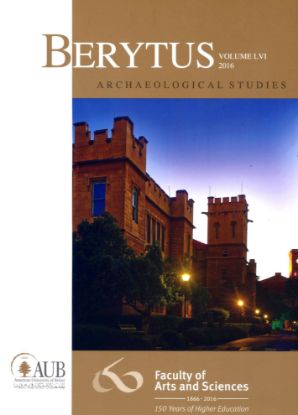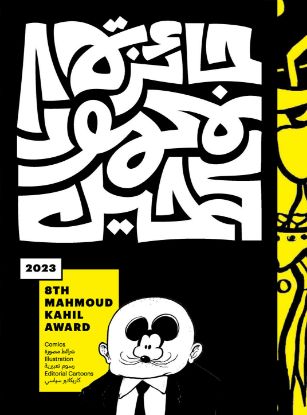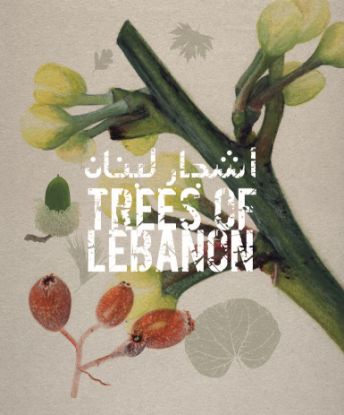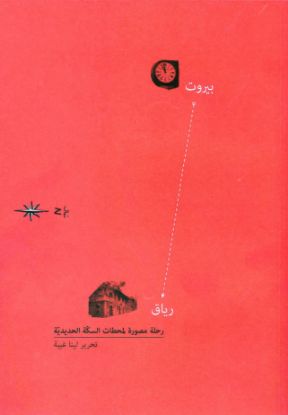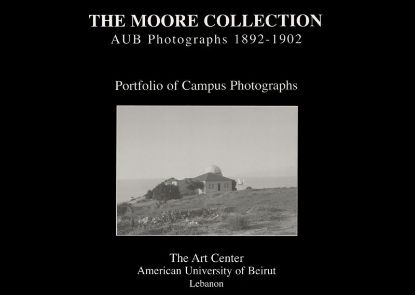Filter by price
AUB Press
Berytus Volume LVI / 2016
Published since 1934 by AUB’s Faculty of Arts and Sciences, Berytus is an international peer-reviewed journal devoted primarily to archaeological, ethnoarchaeological, and historical studies on Lebanon and Syria from prehistoric to Ottoman times. Several recent volumes have been devoted to publishing the results of excavations undertaken in the Souks area of the Beirut Central District by the American University of Beirut in association with the Archaeological Collaboration for Research and Excavation (ACRE) between 1994 and 1996. Since 1964, Berytus has been published either annually or biennially. Berytus Archaeological Studies volumes 55 and 56 celebrate the year 2016 marking the 150th anniversary of the Faculty of Arts and Sciences of the American University of Beirut. This volume is the companion of volume 55 wich appeared in August 2016.
$30.00
8th Mahmoud Kahil Award
The Mahmoud Kahil Award is an award program under the Rada and Mutaz Sawaf Center for Arab Comics Studies at the American University of Beirut that aims to promote comics, editorial cartoons, and illustrations in the Arab world through the recognition of the rich talent and creative achievement of comics artists, cartoonists, and illustrators in the region. This program was established in 2014 upon the initiative of Mr. Mu’taz Sawwaf to honor and perpetuate the legacy of the late Mahmoud Kahil, one of the leading cartoonists and caricaturists of the Arab world, and a former AUB graduate.
$40.00
Trees of Lebanon
“Each tree in this book is presented as a local story constructed from the scientific, historical, cultural, and mythical information. Beautiful watercolors, based on photographs taken in the forest, illustrate the specific features of each tree: its silhouette, leaves, flowers, fruits, and bark. Information on how to grow trees from seed encourages people to engage in tree planting, and to support forest and woodland conversation. The book is eclectic- a varied collection that is meant to build appreciation for the native forest trees of Lebanon. Proceeds from the sales of this book will go to the Ana Shajra AUB-NCC tree planting program of the AUB Nature Conservation Center."
$30.00
Beirut...Riyaq - بيروت... رياق- رحلة مصوّرة لمحطّات السكّة الحديديّة
"بدأت فكرة الرحلة من نقطة انطلاق شخصيّة أساسها استعادة تجربة نزهة في القطار القديم الذي كان ينطلق من محطّة الحجاز في وسط دمشق الى محطّته النهائيّة في "وادي سرغايا" و"عين حور" بعد مدينة "الزبداني" جنوب شرق العاصمة السوريّة.وفي اطار مقرّر تعليمي تقدّمت به عن الشريط المصوّر البديل، في قسم الهندسة والتصميم لدى الجامعة الأميركيّة في بيروت، كان يمكن لهذه الرحلة أن تقدّم مجموعة تجارب فرديّة للطلّاب المشاركين فيها ذهنيّاّ وجسديّاً، وتغني النتاج الغرافيكي الذي يصدر عنها: رحلة تفتح مساحات النقاشات لما تتضمّنه من سرد قصصيّ لوقائع مُعاشة بكل التفاصيل والأحاسيس: اغناء التجربة البصريّة أمام المدى الريفي ومناظره، اكتشاف القطار القديم بمقطوراته ومقاعده الخشبيّة وزخرفاته الشعبيّة، رائحة الأشجار وعبق دخانه، تنوّع محطّاته وسككه، والأهمّ معايشة أهله ورواياتهم."
$10.00
Tree Key
This tree key is a companion to the book Trees of Lebanon. Published by the Nature Conservation Center at the American University of Beirut, 2014.
$10.00
The Moore Collection- Campus Portfolio
This unique photographic compilation, taken from long-forgotten glass plates, depicts scenes from Lebanon, Syria, and AUB in the late nineteenth and very early twentieth centuries, when Dr. Franklin T. Moore taught at the Syrian Protestant College (now the American University of Beirut). Moore's camera captured the seemingly vast size of the new campus, the undeveloped northeastern mountains, and an unpaved Bliss Street, in sharp contrast to the growth and changes that have taken place since then.
$20.00

